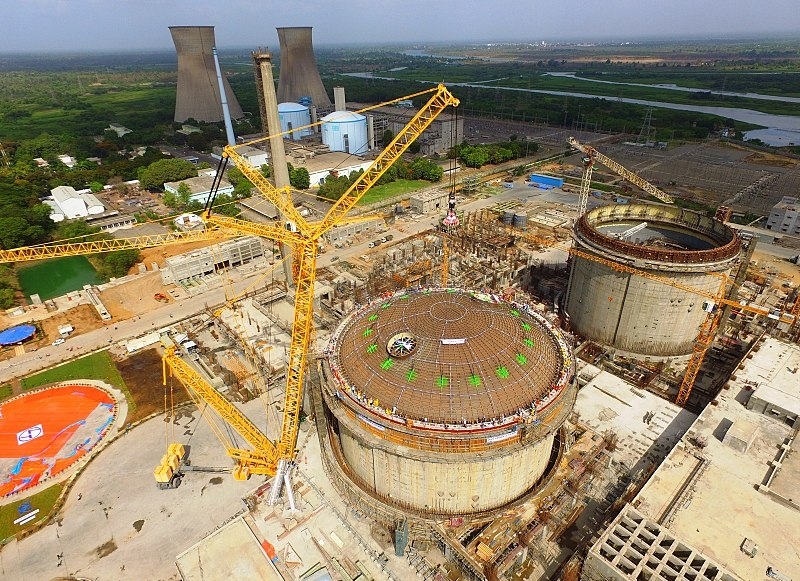New Delhi: India’s nuclear regulator AERB has granted permission to First Approach to Criticality for Unit-4 of the Kakrapar Atomic Power Project (KAPP), which is a significant step before the reactor starts producing electricity.
The KAPP-4 is the second 700-MWe home-built Pressurised Heavy Water Reactor (PHWR) technology, which is being deployed across the country to step up the contribution of nuclear power in the energy mix.
“Based on the satisfactory Safety and Security reviews … permission is hereby issued for First Approach to Criticality (FAC) and Low-Power Physics Experiments (LPPE) or Kakrapar Atomic Power Project Unit 4,” the Atomic Energy Regulatory Board (AERB) said in an order dated December 11.
The permission was granted after a review process by the Nuclear Projects Safety Division and Working/Specialist Groups, Standing Committee on Reactor Physics.
This was followed by a first tier safety review by the Project Design Safety Committee and the second tier review by the Advisory Committee Project Safety Review was carried out towards bulk addition of heavy water to moderator system, first approach to criticality and low power physics experiments of KAPP-4.
A third-tier review was carried out by the AERB Board.
KAPP-3, the first Indian 700 MWe PHWR unit, underwent its First Approach to Criticality in July 2020 and was connected to the grid in January 2021.
KAPP-3 began commercial operations in July this year when it was operating at 90 per cent of its full power.
The construction of KAPP-4 began in November 2010.
Kakrapar Atomic Power Station also has two 220 MWe PWHRs – KAPP-1, which was connected to the grid in 1992, and KAPP-2, which started operations in 1995.
Currently, the Nuclear Power Corporation of India Limited (NPCIL) operates 23 commercial nuclear power reactors with a combined capacity of 7480 MWe.
The reactor fleet comprises two Boiling Water Reactors (BWRs), 19 Pressurised Heavy Water Reactors (PHWRs), including one 100 MW PHWR and two 1000 MW capacity Russian-made VVER reactors.
PTI
